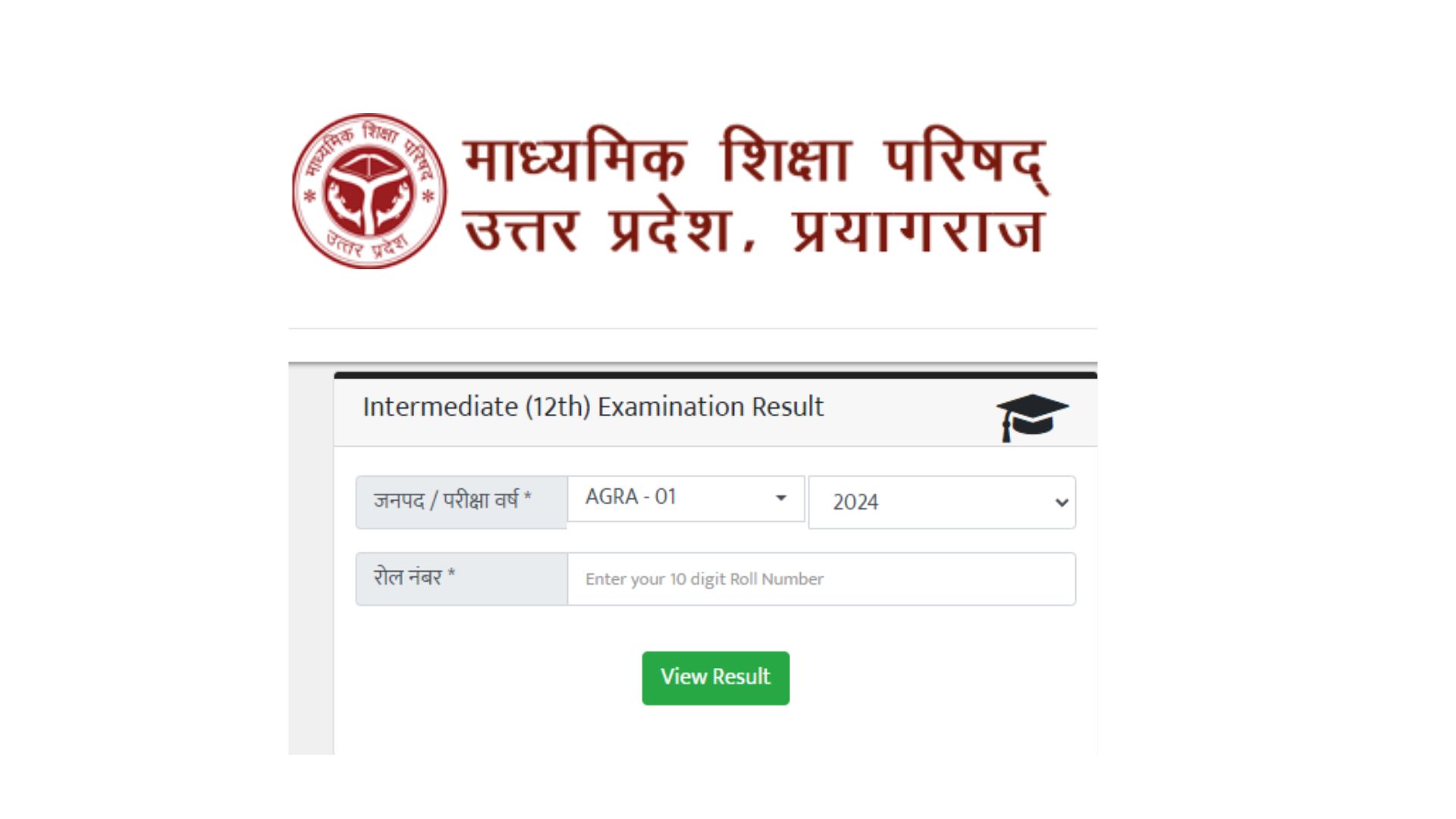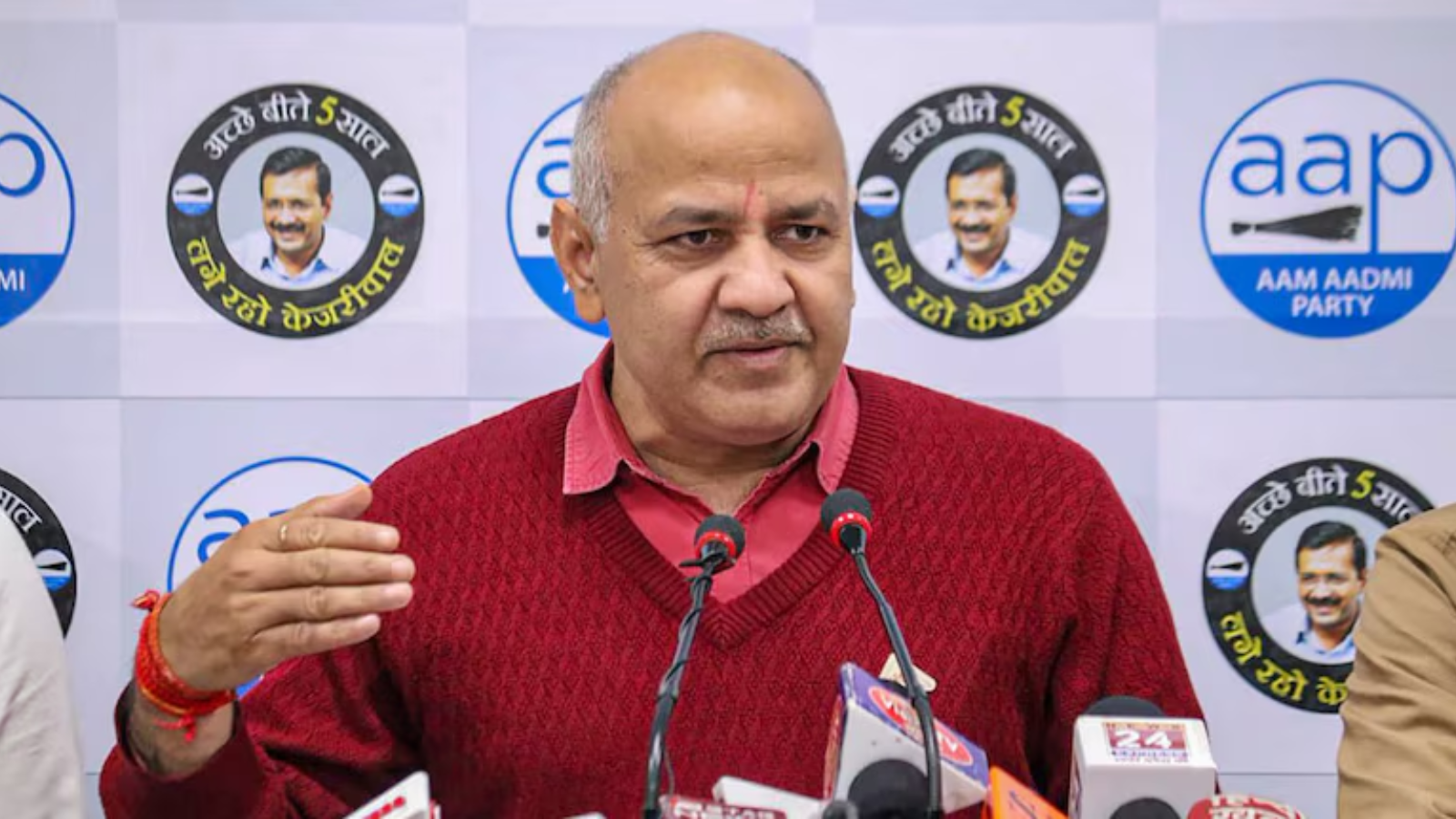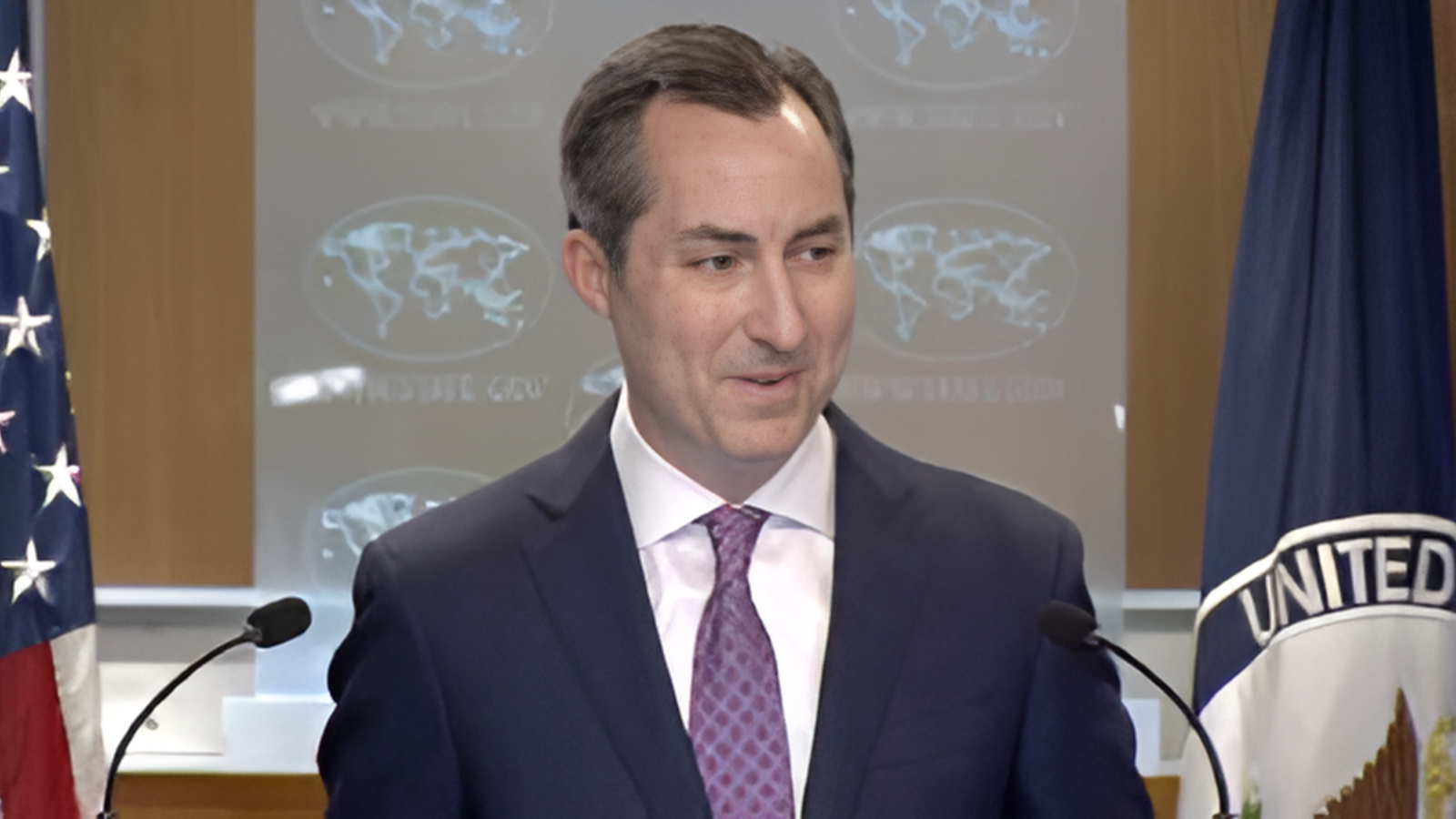


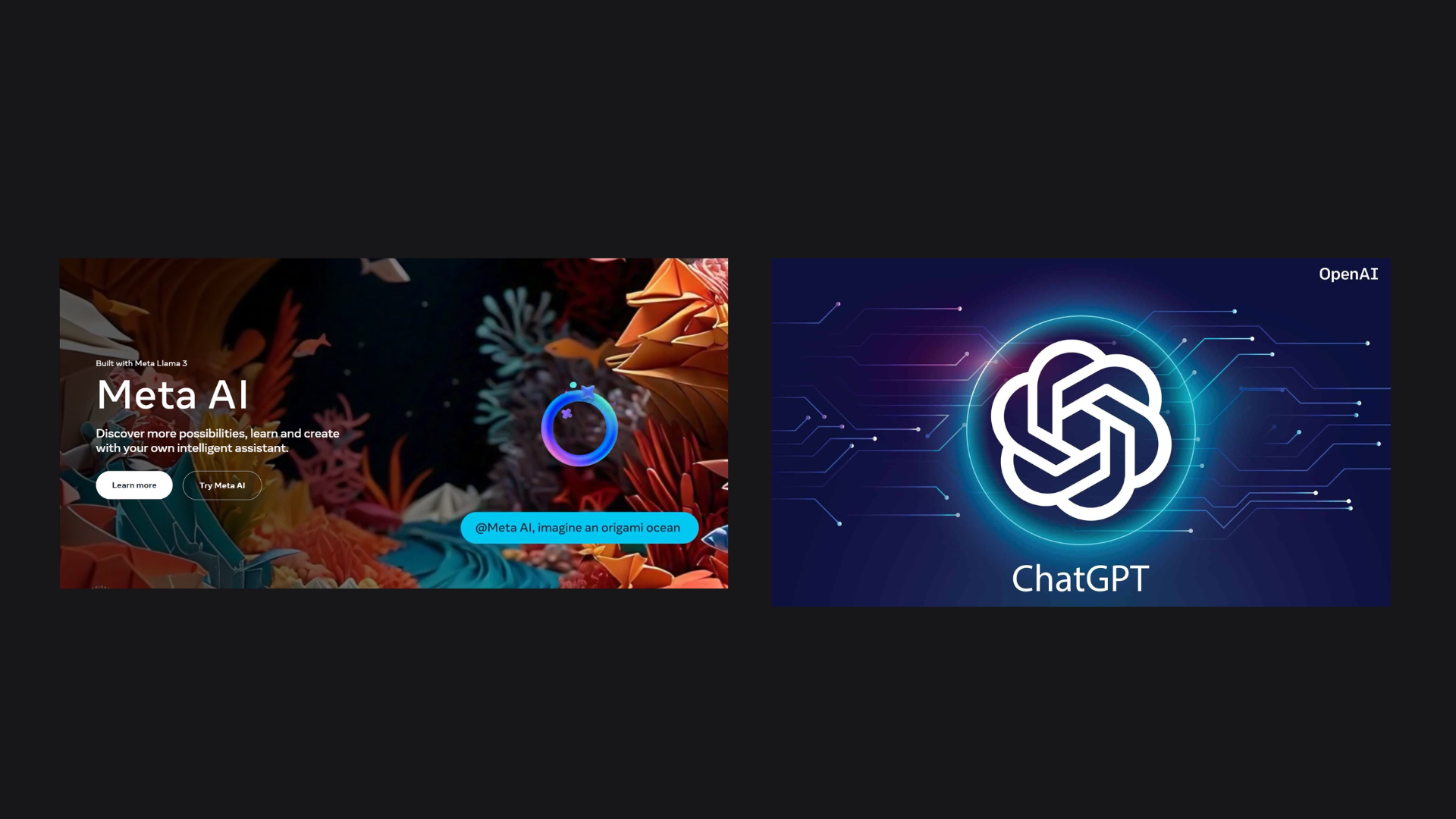
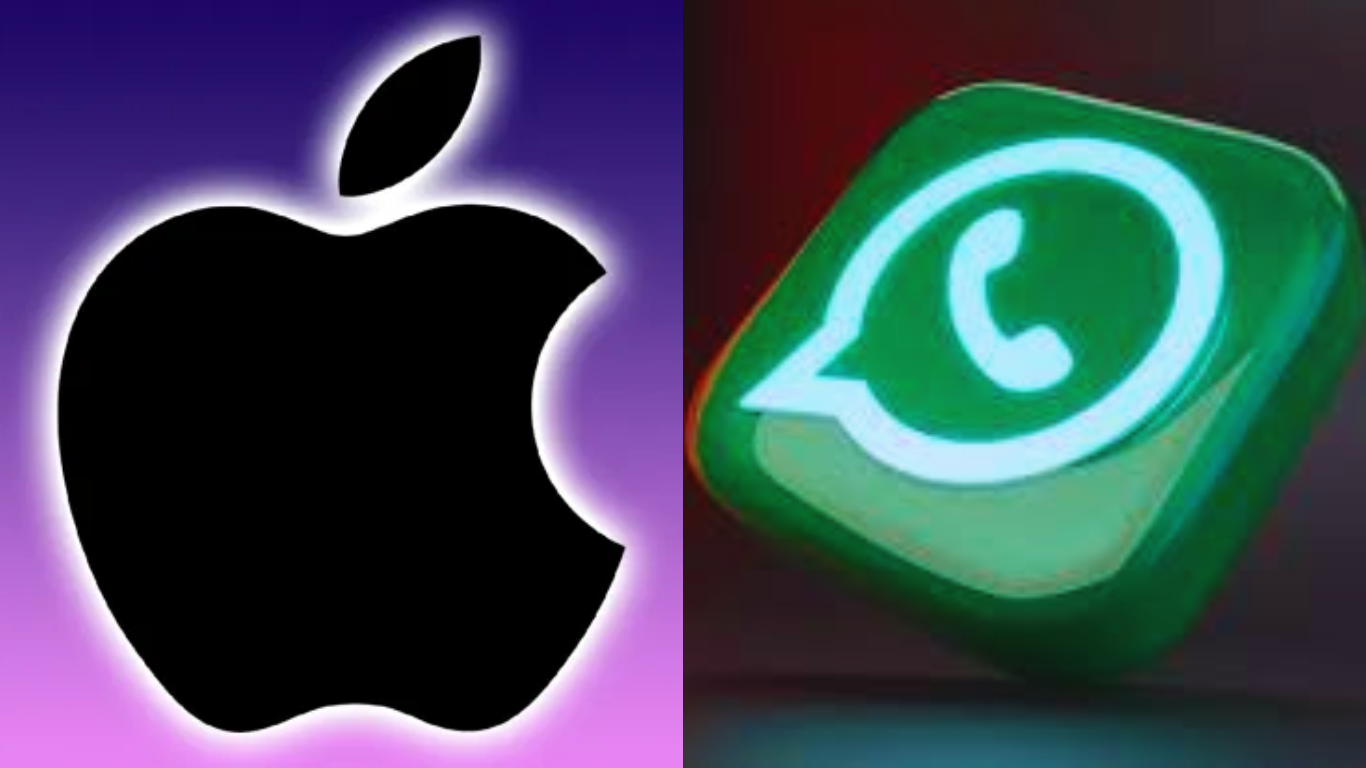
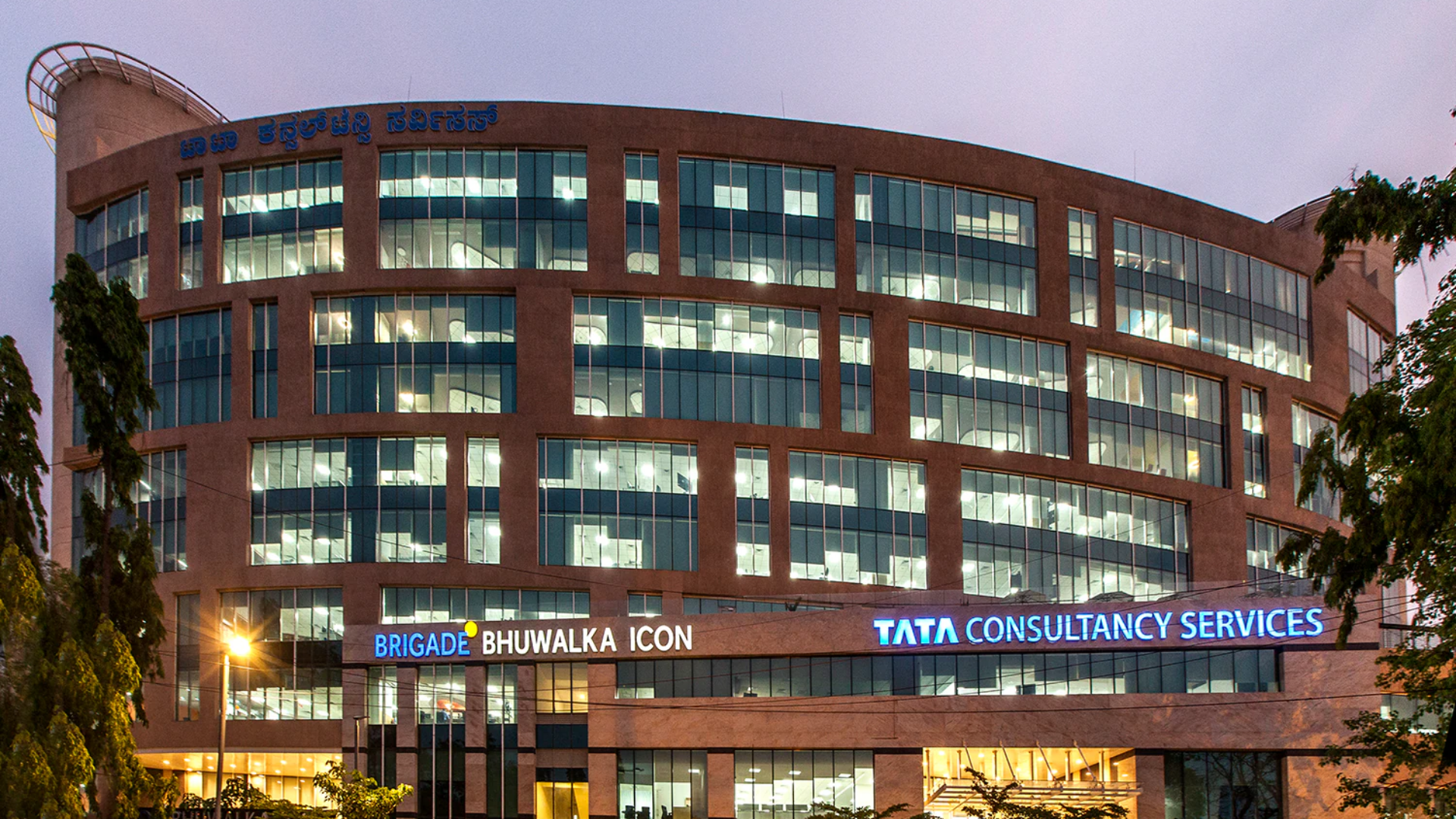
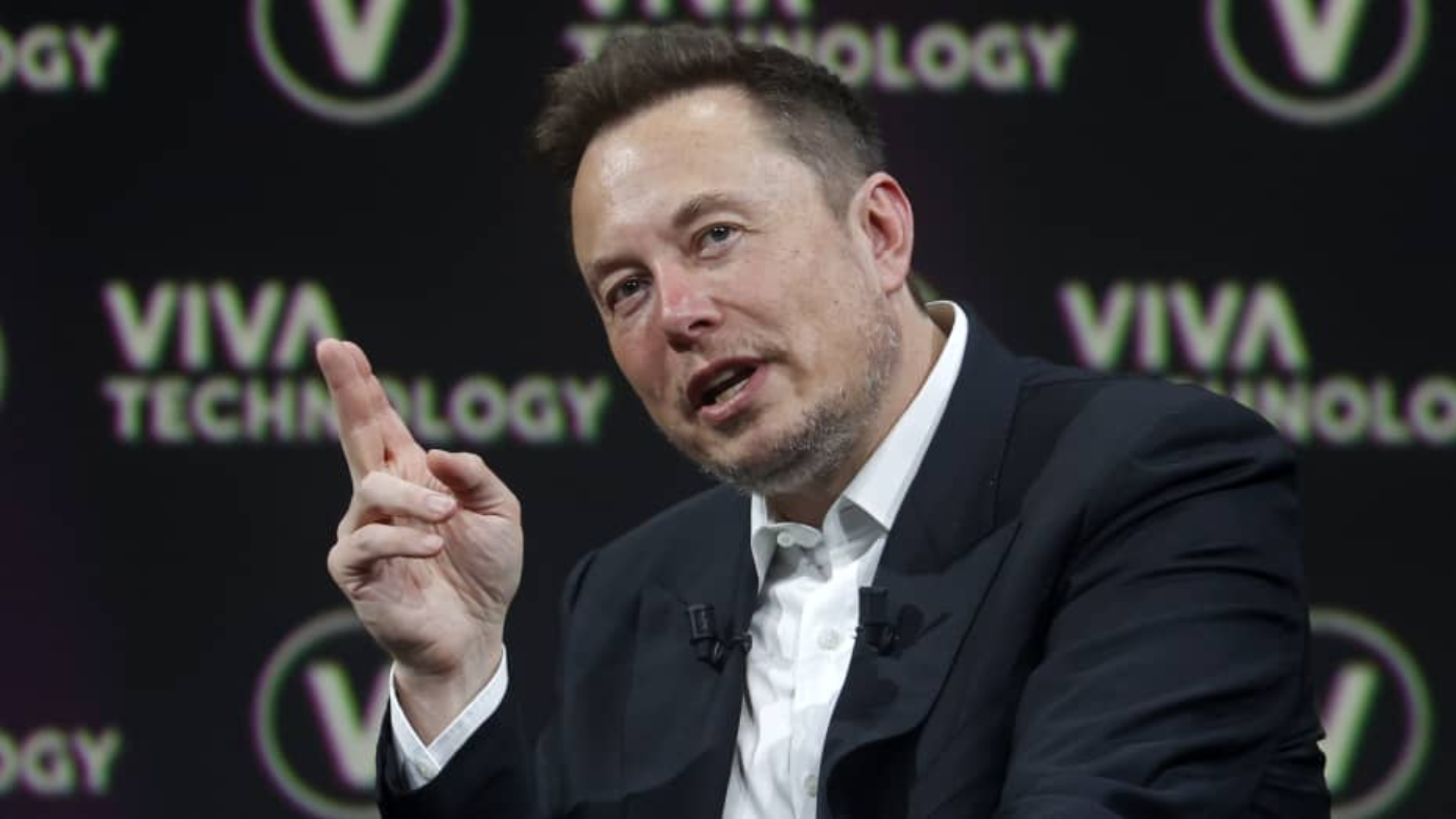




In short, not too well. The recentOokla Speedtest Global Index, released in September 2020, has placed India at the 131st rank among 138 countries in terms of mobile internet speed, and at the 70th place—out of 175 nations—for fixed broadband speed.
The Ookla report noted that the country’s average mobile download speed only reaches 12.07Mbps, lower than the 35.26Mbps global average. This places India among the lowest eight countries, while its neighboring countries of China, Pakistan, Sri Lanka, Nepal, Myanmar, Maldives and Indonesia are ranked far higher in the Ookla global internet speed index.
South Korea tops Ookla speedtest index
South Korea leads the global index, with 121Mbps download speed. China follows at close second with 113.35Mbps, while India’s neighbors such as Pakistan registered 17.13Mbps download speed, Sri Lanka at 19.95Mbps, Nepal at 17.12Mbps, Myanmar at 23.22Mbps, the Maldives at 35.70Mbps, and Indonesia at 16.70Mbps.
Trailing behind India at the bottom of the global index are Uganda, Bangladesh, Somalia, Venezuela, Sudan, Palestine, and Afghanistan.
Data for the Speedtest Global Index are based on “the hundreds of millions of tests taken by real people using Speedtest every month, according to Ookla, with the internet measurements taking place “at the times and in the places that are most relevant to the person taking the test.” Ookla takes a snapshot of what the internet looks like in a location each time a test is initiated, which are then aggregated to represent the typical internet performance of a location.
COVID-19 places strain on India’s networks
India has been working towards becoming a digital-first economy in the past couple of years, relying on the nation’s internet networks to boost its digital transformation across key sectors including healthcare, government services, manufacturing, as well as education, the labor market—and even the electoral process.
The country’s networks, however, have been placed under strain amid the unprecedented lockdown period brought by the global coronavirus pandemic as more consumers rely on the internet to work, keep up with the latest news, and check on their family and friends, or pass time playing casual games like online roulette that you at many different tables at an operator such as 10Cric.com
Ookla CEO Doug Suttles explained, “It is important to note that while the internet itself should handle elevated usage, there may be impacts to speed as people continue to move their daily activities increasingly online. While the core of the internet remains stable, some ISP networks may struggle to keep up.”
4G is coming—what about 5G?
The good news is that local efforts are making concerted efforts to improve and expand 4G coverage across India.
According to Ookla’s global performance metrics Speedtest Intelligence, “India had the highest 4G Availability among the largest South Asian countries during Q3 2020 with 93.7% of tested locations showing 4G available according to data from Speedtest coverage scans on Android.” Bangladesh was ranked second with a 78.6% 4G availability, while Pakistan recorded the lowest 4G availability for the Q3 2020 period at 72.9%.
In terms of 5G connectivity, semiconductor giant Qualcomm believes India needs to upgrade and set up for 5G to take off in the country. A senior official of Qualcom told PTI, “The case for the immediate rollout of 5G networks in India is a compelling one. It is no longer a choice, but a pre-requisite for the country’s growth and development.”






